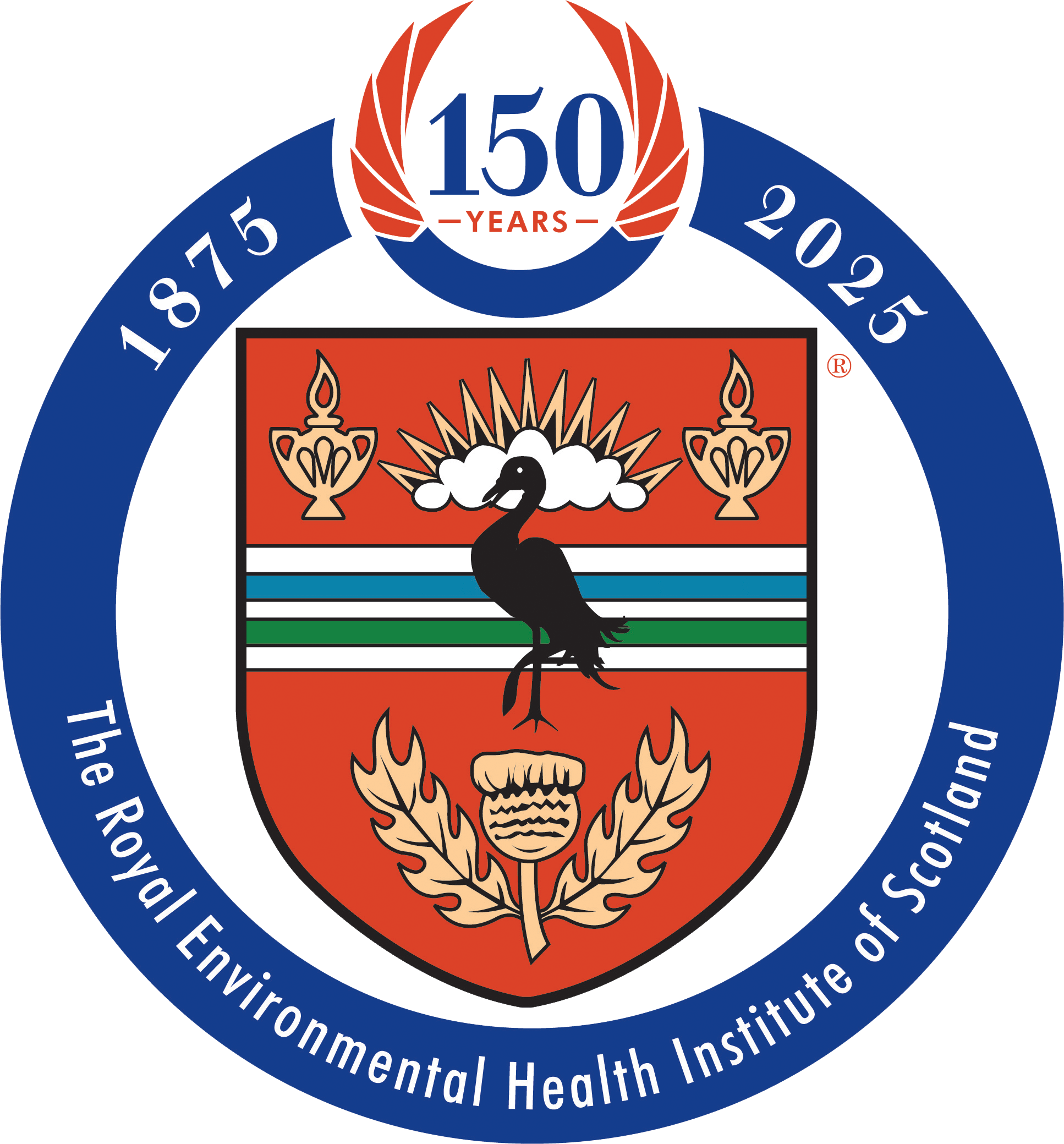
Food Standards Agency have published guidance on risks associated with raw flour and controls to reduce risk.
Flour doesn’t look like a raw food, but all flour is raw. That means it hasn’t been treated to kill germs that cause food poisoning, such as Escherichia coli (E. coli). These bacteria are widespread in the environment and can contaminate grain while it’s still in the field or flour while it’s being processed. Steps like grinding grain and bleaching flour don’t kill harmful bacteria and these germs can end up in flour products or baking mixes you buy in shops.
It is particularly important for vulnerable people, such as children under 5, those with compromised immune systems and older people, to not taste or eat raw dough or batter. This is because their immune system may not be able to fight off infections as easily.
Foods to be careful with include dough or batter for foods like cookies, cakes, pie crusts, pizza, biscuits and pancakes. Also, crafts made with raw flour, such as homemade play dough can be risky. Ensure you clean hands, surfaces and utensils after use to avoid cross-contamination.
Using raw flour safely
Here are some helpful tips to follow when using flour:
- Ensure that children don’t play with or eat raw dough, including dough for crafts, unless it has been heat-treated beforehand
- Bake raw dough, such as cookie dough, and batter, such as cake mix, before eating
- Make sure to not use raw homemade cookie dough in ice cream unless it has been made with heat-treated flour (cookie dough ice cream sold in shops contains dough that has been treated to kill harmful germs)
- Keep raw foods, such as flour, separate from ready-to-eat foods – because flour is a powder, it can spread easily
- Follow storage instructions carefully for food containing raw dough until they are baked or cooked (for example, ready to eat cookie dough or ready rolled pastry)
Always clean up thoroughly after handling flour, eggs, or raw dough:
- Wash hands with soap and warm water after handling flour or any surfaces they have touched
- Wash bowls, utensils, and other surfaces with warm, soapy water or a suitable cleaning agent
- Make sure countertops are cleaned thoroughly
Heat treating flour
You can treat flour by heating it to make it safe. You can then use it to make foods like raw cookie dough or in dough for crafts.
We don’t recommend using a microwave to sterilise flour, as there can be a risk of uneven heating. We also don’t recommend using an air fryer, as the air circulation makes it unsuitable.
Ideally, use a food thermometer to check the temperature of the flour when cooking. The flour should be heated to 70°C for a minimum of 2 minutes. If you don’t have a thermometer, make sure to stick to the following timings and temperatures.
Using an oven:
- Pre-heat the oven to 200°C/fan 180°C/gas mark 4
- Spread the flour out evenly on a lined baking tray and bake for 5 minutes, stirring half-way through.
- Ideally, use a food thermometer to check the temperature of the flour in a few different spots when stirring and after 5 minutes
- The flour should be heated to 70°C for a minimum of 2 minutes
- Make sure to cool the flour before using
Using a frying pan:
- Tip the flour into a heavy-based frying pan and place over a medium heat
- Stir constantly for about 4 minutes until all the flour is hot
- Ideally, use a food thermometer to check the temperature of the flour in a few different spots
- The flour should be heated to 70°C for a minimum of 2 minutes
- Make sure to cool the flour before using
Add to smarter communications search Off







